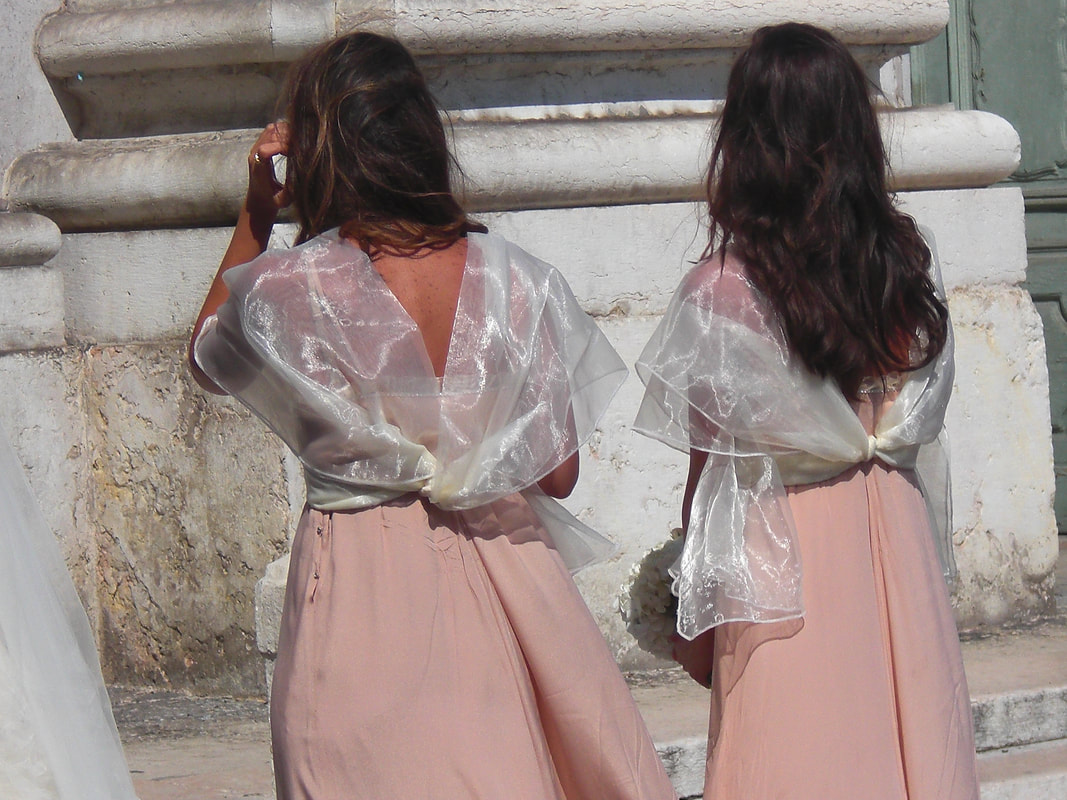In the long parade that fashion is, Indigo has played an equally important role for centuries. Indigo can be a color of leadership, of sacred significance, or of “blue collar” status, but it’s resilience has led to its use by farmers, fishermen and workers from France to Japan, from China to America throughout the ages.
Once artists discovered Indigo-bearing plants containing the gift of blue, an infatuation with indigo and a huge impact on our visual world began. Nothing compares with this dye’s ability to capture the blues of nature – a midnight sky, early dawn or an impression of the sea. It can also define a mood – of joy and vitality in the lighter variations, or of melancholy and mystery in the dark hues.
However, Indigo is a dye that demands discipline to use. Because of that, artists who make textiles that incorporate the color can be considered feats of dedication to create. Some creations posted here took thousands of hours to produce – requiring prolonged concentration akin to a meditative state. Others were made swiftly but with highly specialized skill and have a different kind of appeal.
In this blogpost, White Stole showcases the diversity of what the Shawl, Stole and Sarong have signified in cultures from the late 1800’s onwards – from the Ceremonial to the Sacred Wedding - with 6 historical photos from around the world. Enjoy!
Long-nosed lions, serpent-headed birds are just two of the signs of a mythic imagination that inspired the creatures on this shawl. It implies a belief in the transformative vision of complex designs. Weavers have loaded the indigo background with an intricate diagram of ancient forms of hooks, spirals and stylized birds, serpents, and occasional people. Such a Shawl could serve as a facilitator of meditation, detachment and spiritual discipline.
Intensely symbolic Shawls are covered with signs of a dense imaginary world. Embedded in the maze in this piece are diamond shapes derived from Buddhism to suggest a star, or third eye. Looking closely you may also spot a river dragon, or naga, who is guardian of the underworld. Notice how the maze is not asymmetrical. The weaver’s goal was “to help the onlooker discard all preconceptions of balance and, in meditation, to question the very order of life itself.” Explains Patricia Cheesman, author of Lao Textiles: Ancient Symbols- Living Art (1988).
Sacred honor is bestowed whenever this type of shawl appears in Batak communities. It is a technically remarkable cloth with complex iconography that carries great significance. Wrapped around the shoulders of a person in transition at weddings, for pregnancy, and other life changes, it invokes speeches by chosen people whose great knowledge enables them to carefully observe the cloth and divine a way to enhance the wearer’s future.
Step into a Sarong and you enter via a network of symbols that support your place in a cosmic sacred landscape. On this sarong, a dark Indigo night is set off against a breathtaking day, both nurtured with a constant drizzle of growth and fertility – visually, plants are thriving as they drift across petals, floating coconut fronds and entwined tendrils. Fireflies flicker in the night while phoenixes and butterflies fly through the air during the day. A sense of vitality is bursting off the cloth, ready to accompany the wearer when they are participating in ceremonies wherever they may go.
Kashmiri Shawls once ignited a covetous desire throughout Europe. They were made of a lovely soft goat hair and evoked the aura of a royal Mughal personage. French King Napoleon Bonaparte saw soldiers bring them back from India around 1800 and his wife Josephine soon had acquired hundreds. Given this overwhelming demand, Indian producers began assembling shawls like this one, which is a mosaic of small woven segments locked together with embroidery. Meanwhile, weavers in Paris and Paisley, Scotland wove silk imitations that have endured in waves of revival unto today.

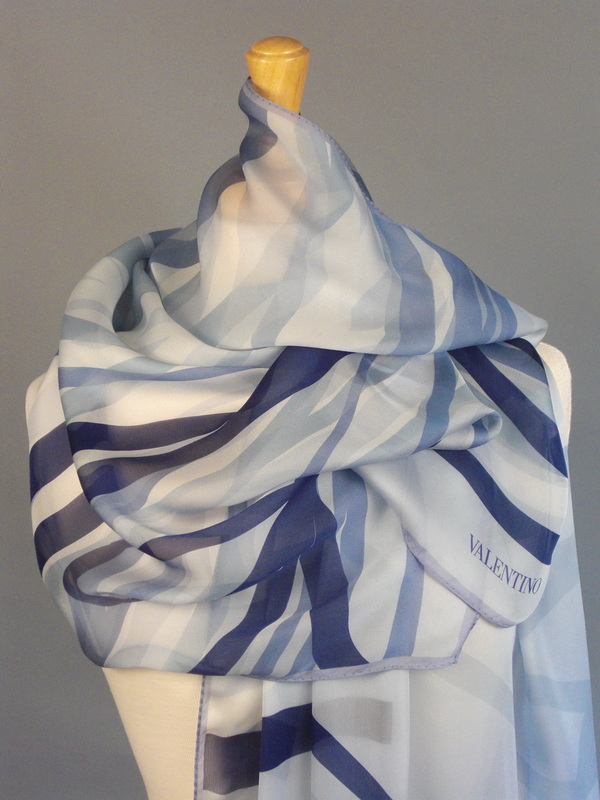
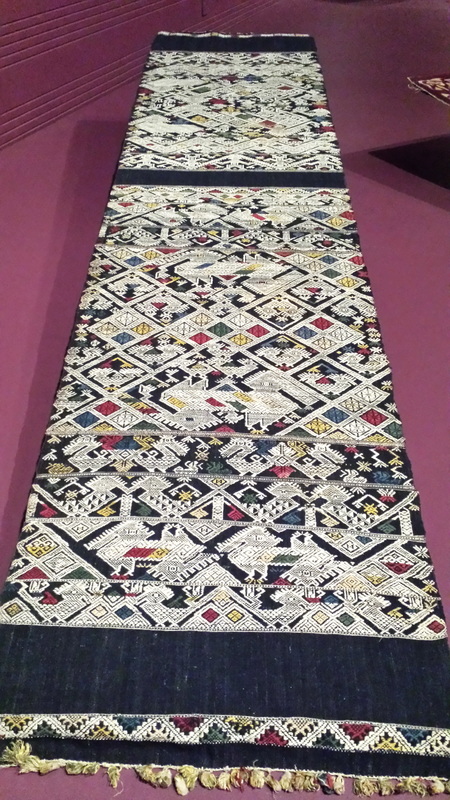
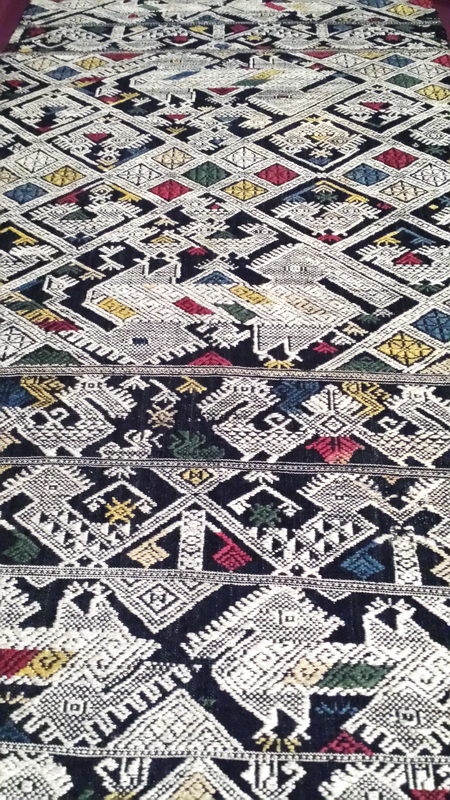
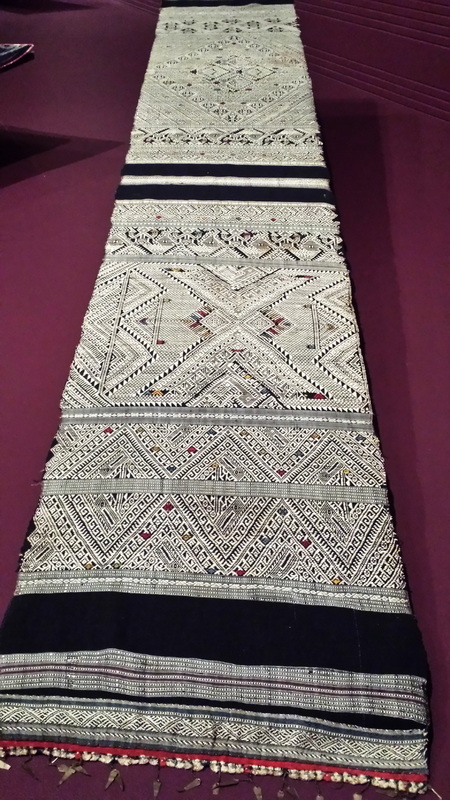


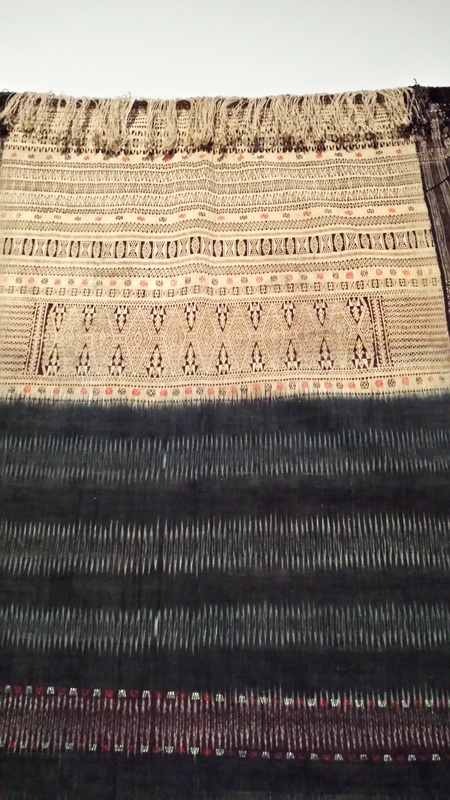

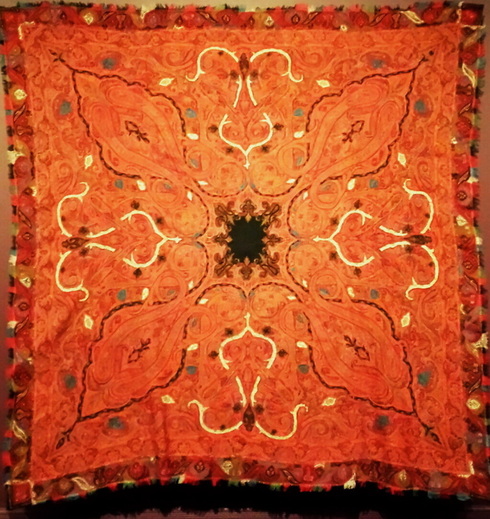
 RSS Feed
RSS Feed









